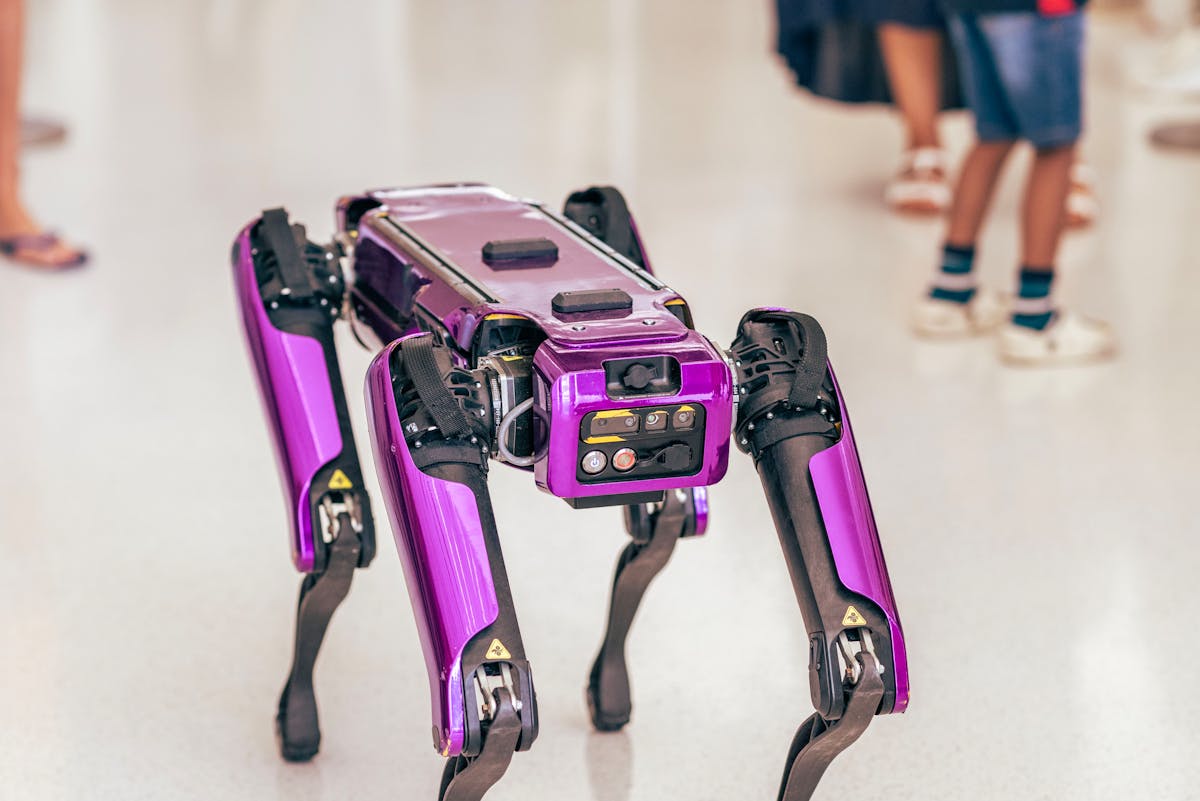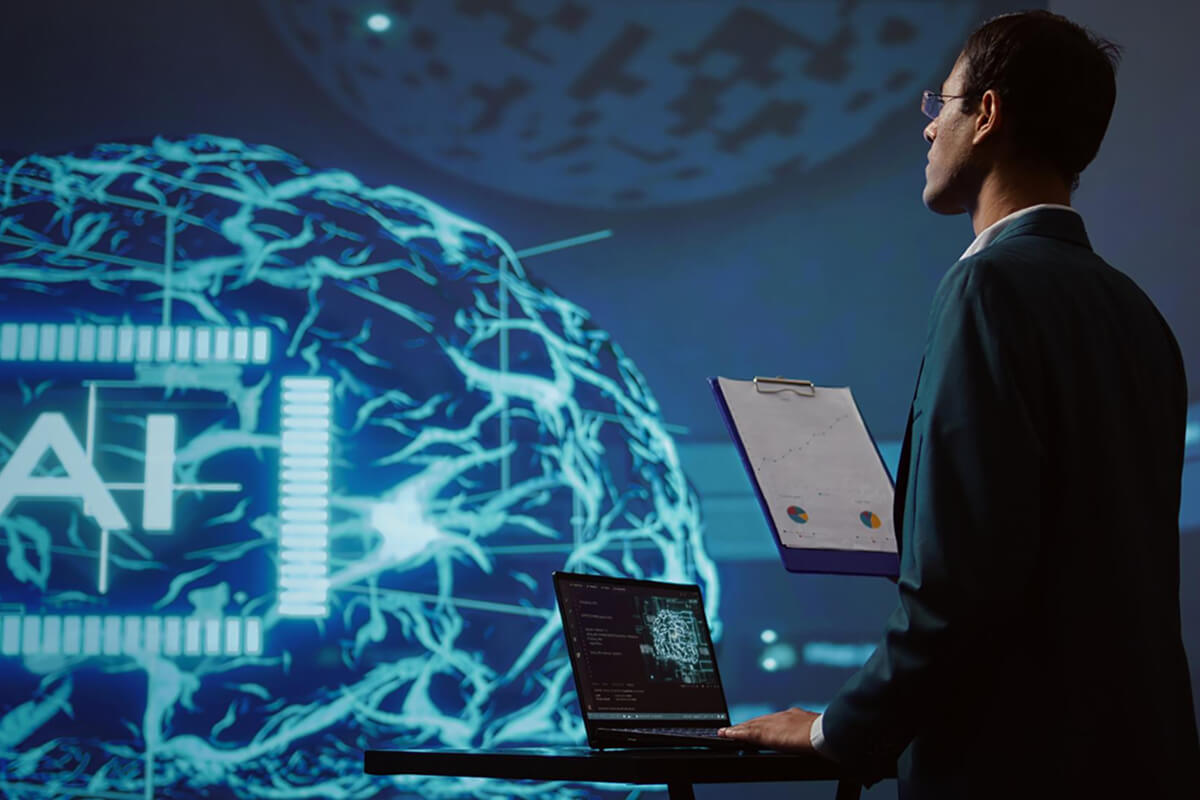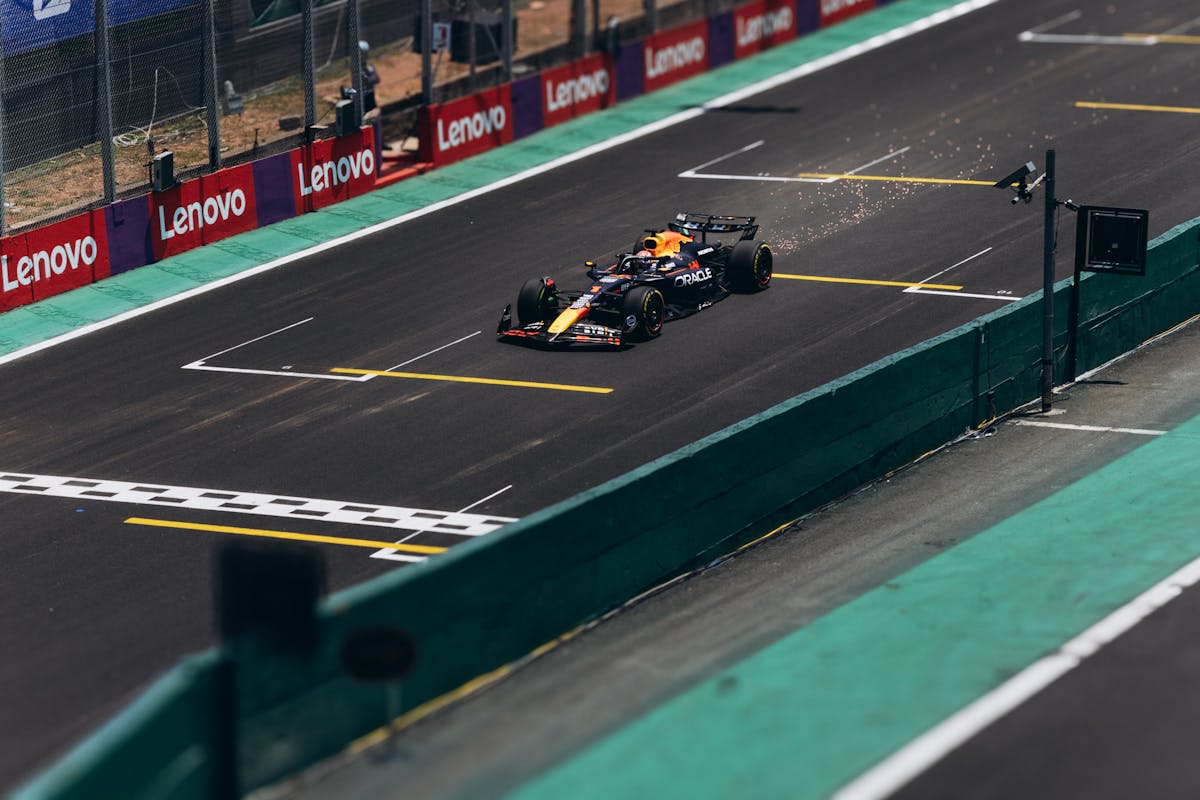What Makes CORLEO the Most Advanced Rideable Robot Yet?
In an era where technological advancement is rapidly reshaping human interaction with machines, Kawasaki Heavy Industries has introduced a groundbreaking innovation in the field of robotics: the Kawasaki CORLEO. Unveiled at the Osaka-Kansai Expo 2025, this hydrogen-powered, four-legged robotic vehicle represents a transformative step forward in personal mobility, sustainable energy application, and robotics engineering. As the first-of-its-kind rideable robotic horse, CORLEO is poised to redefine not only how we perceive robots, but how they will shape the future of transportation, exploration, and industry.
What is Kawasaki CORLEO?
Kawasaki CORLEO is a quadruped robotic mobility vehicle designed to mimic the agility and strength of a horse while integrating advanced robotic intelligence and clean energy technologies. It features a unique fusion of mechanical design and functional adaptability, creating a highly stable and terrain-agnostic mobility solution. This concept vehicle is powered by a 150cc hydrogen internal combustion engine that generates electricity for its motors, offering an innovative alternative to conventional battery-driven robotic systems.
Technical Details that Redefine Robotics
CORLEO’s cutting-edge capabilities include:
- Hydrogen-Powered Engine: Utilizes a 150cc hydrogen engine to generate electricity, ensuring zero carbon emissions and contributing to global sustainability goals.
- Robotic Quadruped Locomotion: Each leg operates independently, allowing CORLEO to walk, trot, and even jump over obstacles, enhancing its all-terrain capability.
- Human-Centered Control: Riders control CORLEO via subtle shifts in body weight, eliminating the need for joysticks or buttons. This natural control system is a breakthrough in human-robot interaction.
- Futuristic Design: Aesthetically inspired by motorcycles, its carbon and metal body features an aerodynamic shield with embedded lighting for safety and visibility.
These features distinguish CORLEO from traditional robotic vehicles and underline Kawasaki’s leadership in merging AI, robotics, and sustainability.

Impact on Modern-Day Robotics
CORLEO marks a paradigm shift in robotic development, moving beyond factory automation and humanoid models to deliver a practical, intelligent, and eco-friendly transportation device. It reflects how robotics can evolve to meet real-world mobility needs, especially in environments unsuitable for wheels or tracks. Its versatile design paves the way for broader applications—from search and rescue missions in disaster zones to personal urban transport in smart cities.
Implications for the Future
The successful debut of CORLEO has profound implications:
- Accelerated Innovation: By setting a new benchmark in robotic mobility, CORLEO encourages researchers and manufacturers to innovate with non-traditional designs and green energy solutions.
- Inspiration for Startups and Industry Leaders: Its technology opens doors for startups to experiment with modular robotics, sustainable locomotion, and AI-driven control systems.
- Enhanced Public Perception of Robotics: CORLEO’s design and function help demystify robotics, making them more approachable, functional, and desirable in everyday life.
How CORLEO Leads the Way
Kawasaki CORLEO surpasses existing robotic innovations through its:
- Use of hydrogen power over traditional batteries
- Adaptive legged movement suitable for diverse terrains
- Intuitive rider interaction for natural control
- Advanced materials and design for durability and aesthetics
Unlike most modern robots confined to specific tasks or surfaces, CORLEO exemplifies versatility, autonomy, and eco-friendliness, making it a modern marvel in the field of robotics.
Conclusion
Kawasaki CORLEO is more than a concept—it is a bold vision of the future of mobility and robotics. Its hydrogen-powered engine, intelligent quadrupedal design, and rider-responsive interface showcase the pinnacle of current technological innovation. CORLEO not only sets a new standard in robotic engineering but also paves the way for a future where robots will play a more integrated, eco-conscious, and practical role in our daily lives. From its potential to transform industrial operations to inspiring the next wave of robotic developments, CORLEO stands as a beacon of what the future of robotics can—and should—look like.








